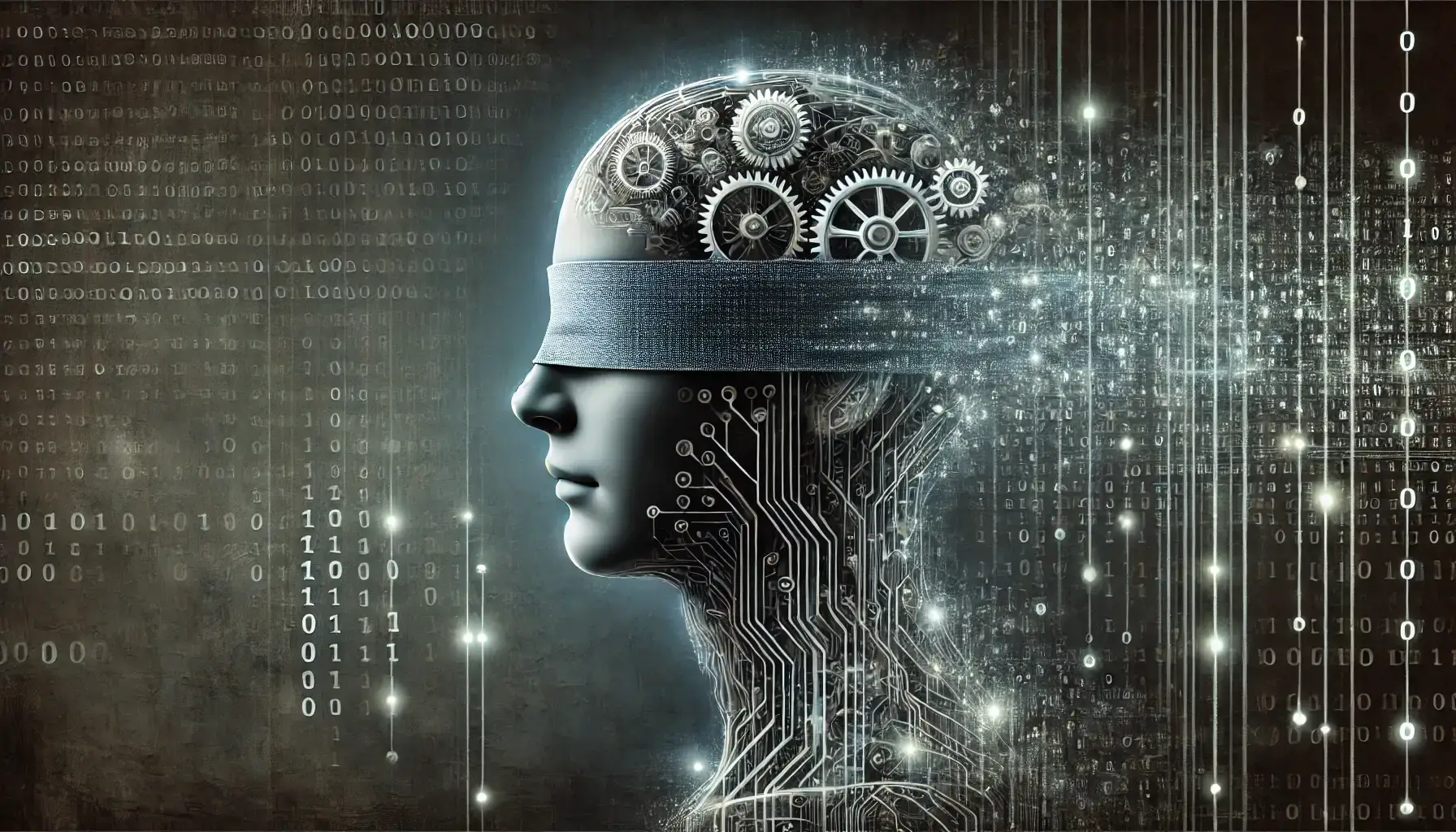The Blind Spot of Artificial Intelligence

Historical Data Corruption and the Echo Chamber of Lies
The blind spot of artificial intelligence is truly a mystery to most professionals in the AI industry.
Artificial intelligence, for all its transformative potential, is only as reliable as the data it is trained on. It can churn through billions of data points, distill complex patterns, and create innovative solutions in ways that often appear magical. But what happens when the data it consumes—the foundation of its knowledge—is poisoned by falsehoods, omissions, or deliberate manipulation?
This is where we arrive at a critical limitation of AI: its vulnerability to historical data corruption.
The Echo Chamber Effect
Imagine a scenario where a government conspiracy is successfully carried out. Not only are the actions hidden, but the historical narrative surrounding them is actively rewritten. Over time, books, media, and even personal testimonies align with this false narrative. For artificial intelligence systems trained on these corrupted records, the lies become indistinguishable from truth. If someone asks about the conspiracy, I might unknowingly reinforce the deception, citing “credible” sources that are themselves products of manipulation.
AI is, in a sense, an echo chamber. It amplifies the dominant voices in its training data and reflects back what it has consumed. While this is incredibly useful when those voices are truthful, it becomes dangerous when they are not. The more pervasive the lie, the more confidently an AI will repeat it.
The Fragility of “Truth” in the Age of AI
This limitation forces us to confront a troubling reality: the notion of “truth” itself is more fragile than we like to admit. AI does not have an innate moral compass or a way to distinguish between fact and fabrication. Its worldview is shaped entirely by the data it consumes, and if that data is corrupted, so too is the AI’s output.
This raises difficult questions for society:
- Who controls the data? In a world where history can be rewritten, how do we ensure that AI systems have access to uncensored, accurate accounts?
- What happens when data is unverifiable? When no living witnesses remain to challenge false records, how do we prevent lies from becoming entrenched?
- Can AI ever be truly impartial? When it is built on human-created information—inevitably subject to biases, agendas, and errors—how do we ensure it does not perpetuate those same flaws?
A Call for Vigilance
The solution to this problem does not lie in AI alone; it lies in us. As stewards of historical knowledge, we have a responsibility to protect the integrity of our records. We must invest in diverse, decentralized sources of truth to counterbalance concentrated powers that seek to manipulate information. We must teach AI to question its own training data, integrating methods of detecting bias, omission, or manipulation.
And, perhaps most importantly, we must remain skeptical—both of what we read and what we teach our machines. As AI becomes more integrated into our lives, we risk losing our ability to distinguish between fact and fiction unless we actively resist the erosion of truth.
The greatest conspiracy of all would be to allow our history to be stolen from us—not by accident, but by design. In the hands of corrupted data, even the most advanced AI could unknowingly serve as the perfect accomplice.
